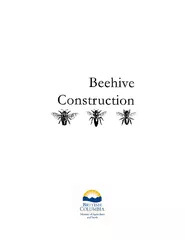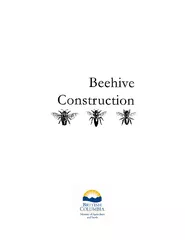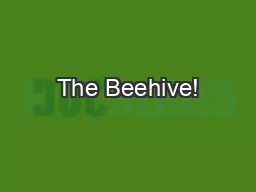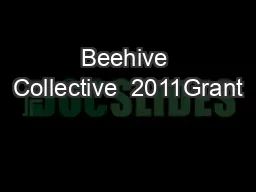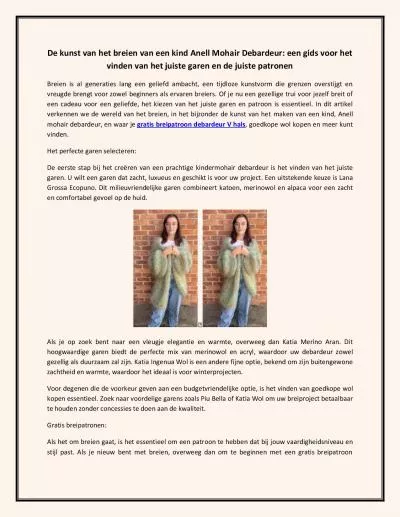PDF-BEEHIVE CONSTRUCTION Edited by Paul van Westendorp Pro
Author : briana-ranney | Published Date : 2015-05-04
Corner former Prov incial Apiculturist This publication was originally produc ed by the Extension Service of the British Columbia Department of Agriculture 1976
Presentation Embed Code
Download Presentation
Download Presentation The PPT/PDF document "BEEHIVE CONSTRUCTION Edited by Paul van ..." is the property of its rightful owner. Permission is granted to download and print the materials on this website for personal, non-commercial use only, and to display it on your personal computer provided you do not modify the materials and that you retain all copyright notices contained in the materials. By downloading content from our website, you accept the terms of this agreement.
BEEHIVE CONSTRUCTION Edited by Paul van Westendorp Pro: Transcript
Download Rules Of Document
"BEEHIVE CONSTRUCTION Edited by Paul van Westendorp Pro"The content belongs to its owner. You may download and print it for personal use, without modification, and keep all copyright notices. By downloading, you agree to these terms.
Related Documents

